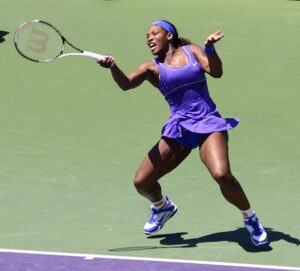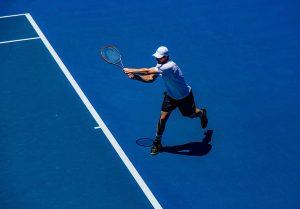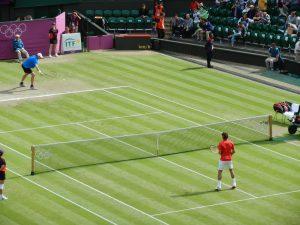We may earn money or products from the companies mentioned in this post.
What Is Rally In Tennis?
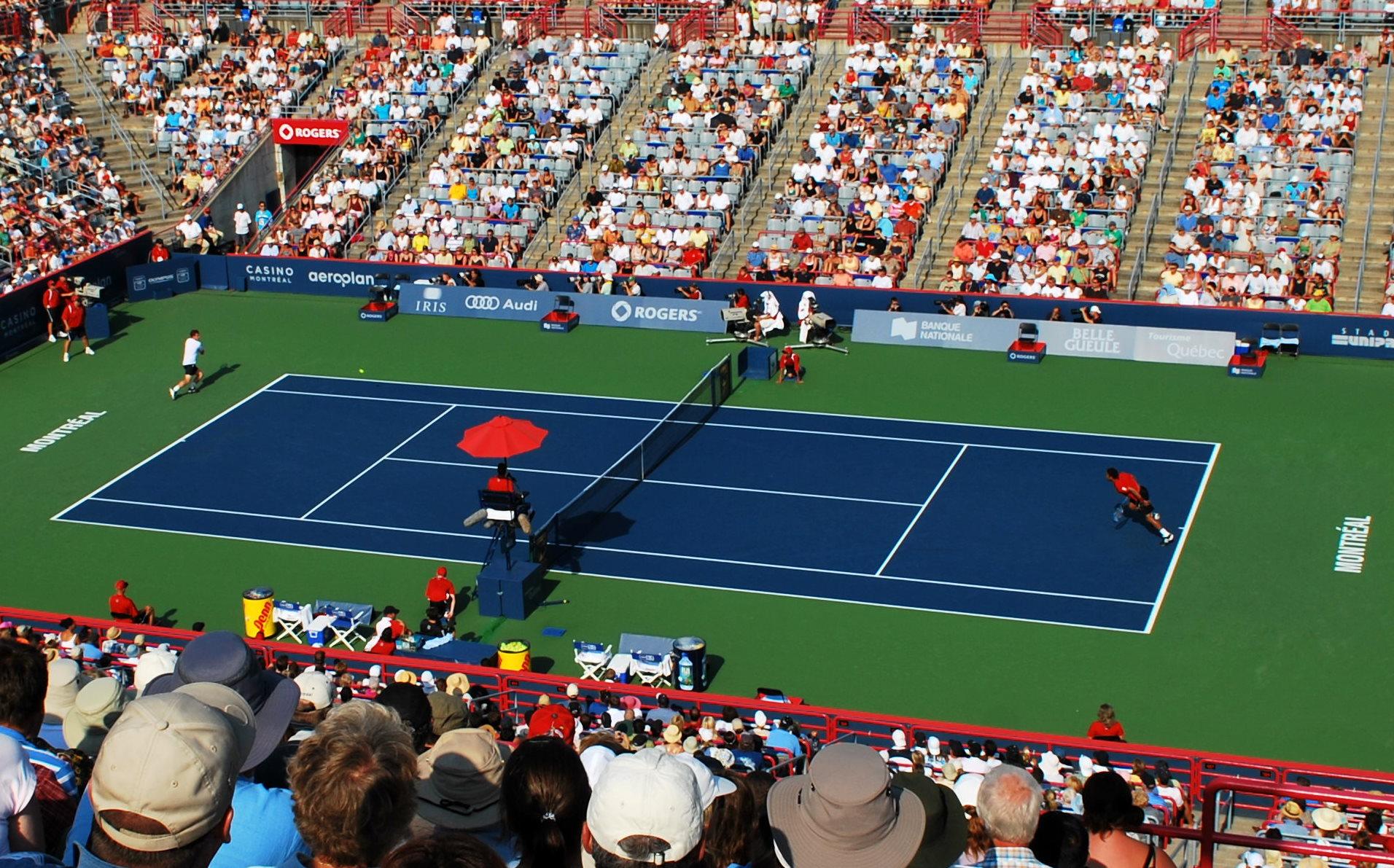
Tennis, a sport known for its fast-paced and intense nature, revolves around the concept of rallies In simple terms, a rally in tennis refers to the continuous exchange of the ball between players during a match It is during these rallies that the true essence of the game unfolds
Rallies are crucial in a tennis match as they determine the flow and momentum of play They showcase the skill, agility, and strategic thinking of both players involved Whether it’s a nail-biting baseline rally or an aggressive serve-and-volley exchange, each rally brings excitement and anticipation to both players and spectators alike
Different Types of Rallies
Tennis offers various types of rallies that add diversity to gameplay The most common type is the baseline rally, where players engage in shots from behind the baseline This type of rally allows for longer exchanges and requires players to display consistent control over their shots
Another type is the serve-and-volley rally, which involves one player serving and quickly moving towards the net to volley their opponent’s return This style adds an element of surprise and aggression to rallies, often leading to quick points or forcing errors from opponents caught off guard
Objectives of a Rally
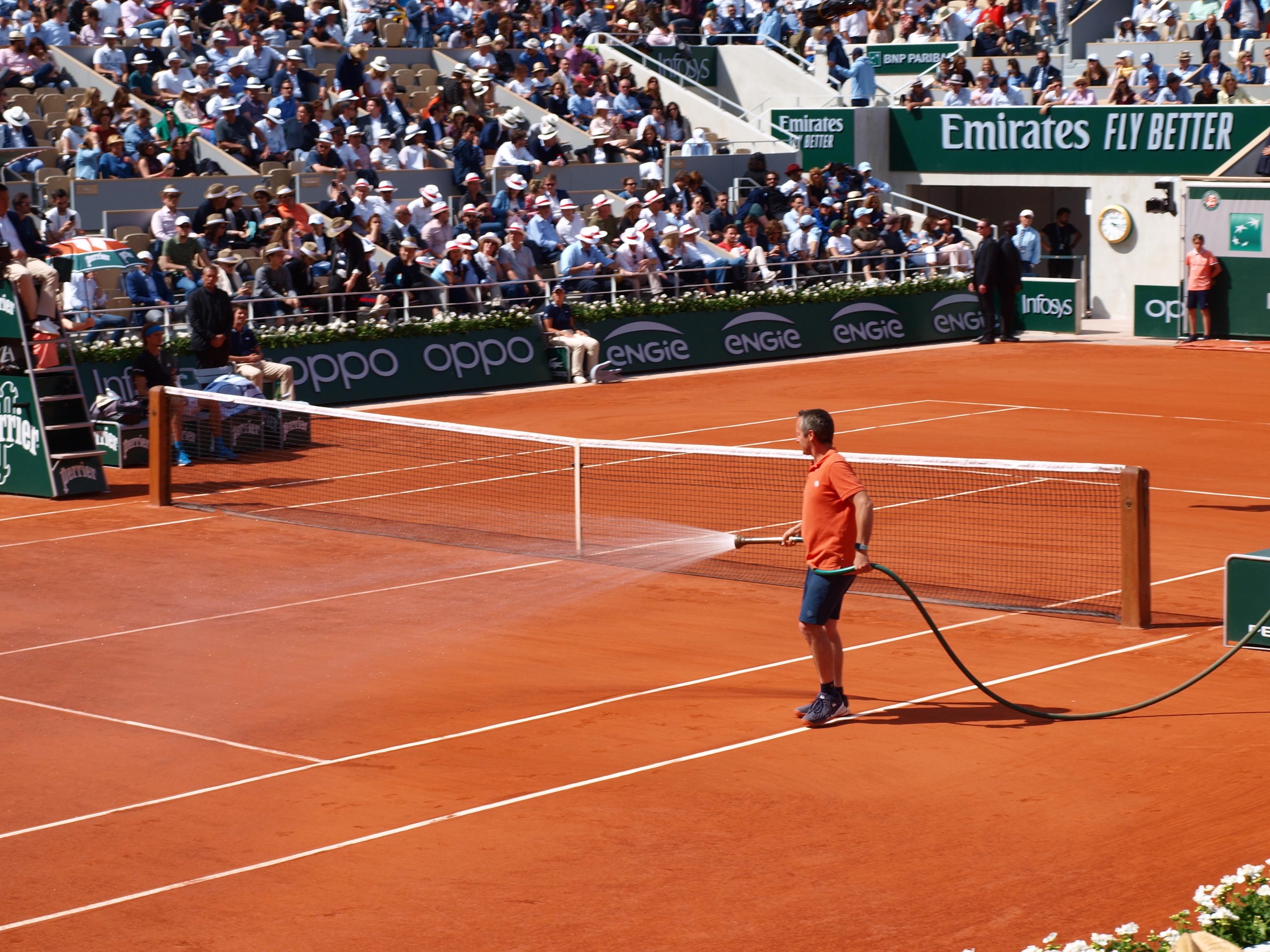
During a rally, both players have specific objectives that guide their actions on the court:
Maintain Control and Consistency
A primary objective for each player is to maintain control over their shots while keeping consistency throughout the rally This means hitting with precision and accuracy, minimizing unforced errors that can potentially cost valuable points
Force Opponent to Make Errors
An effective strategy during a rally is to put pressure on your opponent by hitting deep shots with pace and spin, forcing them into making mistakes By keeping the ball in play and placing it strategically, players aim to exploit their opponent’s weaknesses and provoke errors that can tip the balance in their favor
Create Opportunities for Winning Points
Ultimately, the objective of a rally is to create opportunities for winning points This can be achieved by constructing points intelligently, setting up shots that allow players to go on the offensive and finish rallies with winners or well-placed shots that are difficult for opponents to return
In conclusion, rallies form the backbone of tennis matches They embody the essence of skill, strategy, and endurance required in this captivating sport Whether it’s a baseline slugfest or an elegant serve-and-volley exchange, each rally brings its own excitement and challenges for players as they strive towards victory
How to Improve Your Rally Skills

When it comes to tennis, mastering your rally skills is crucial for success on the court It’s not just about hitting the ball back and forth; it’s about executing each shot with precision and finesse In this article, we will explore some key techniques and strategies to help you elevate your rally game to new heights
Mastering basic techniques
No matter how advanced you are as a tennis player, it’s important to always refine your fundamental skills Two of the most essential shots in your arsenal are the forehand and backhand groundstrokes These shots lay the foundation for every rally you engage in, so it’s vital to master them
Proper footwork and positioning are also critical components of successful rallies By staying light on your feet and maintaining an ideal position relative to the ball, you can effectively respond to any shot that comes your way
Developing consistency and accuracy
To truly excel in rallies, it’s not enough to simply hit the ball over the net; you need consistency and accuracy in every shot One effective way to develop these qualities is through practice drills that focus on consistent ball striking
-
Cross-court rallies:
Engaging in cross-court rallies helps improve your ability to hit consistently while building stamina and endurance -
Down-the-line rallies:
Practicing down-the-line shots enhances accuracy as well as strategic decision-making during a rally -
Target-based practice sessions:
Setting up targets on the court challenges you to hit specific areas consistently, improving both accuracy and placement
Anticipating opponent’s moves
Anticipation is a key skill in tennis, especially when it comes to reading your opponent’s moves By watching the ball early as it leaves their racket, you can gain valuable milliseconds to react and position yourself optimally
Additionally, paying attention to your opponent’s body language and shot patterns can provide insightful clues about their next move Is their body tense or relaxed? Are they consistently hitting cross-court or aiming for the sidelines? These observations can help you anticipate their shots and respond with greater effectiveness
Tactics for Better Rallies in Matches

When it comes to tennis, winning a rally is crucial to gaining an advantage over your opponent To improve your chances of winning rallies, you need to have a solid point strategy in place This involves working on shot placement and moving your opponents around the court
Working on shot placement
One tactic that can greatly enhance your rallies is focusing on shot placement By strategically placing your shots, you can force your opponent into difficult positions and make it harder for them to return the ball effectively Aim for the corners of the court or areas where your opponent is less comfortable, and watch as their ability to respond diminishes
Moving opponents around the court
In addition to shot placement, another aspect of building a strong point strategy is moving your opponents around the court By constantly changing direction and hitting shots that force them to run from side to side or forward and backward, you can tire them out and increase their chances of making mistakes Keep them guessing and off-balance with well-placed shots that require quick adjustments
Adapting to different playing styles

No two players are exactly alike, which means you need to be prepared to adapt your tactics depending on who you’re facing on the court Different playing styles require different approaches if you want to come out on top
Counterpunchers vs aggressive baseliners
When facing a counterpuncher who excels at retrieving balls and returning with precision, it’s important not to rush into aggressive shots that they can easily retrieve Instead, focus on consistency and patiently wait for opportunities to attack when they’re out of position or give you a short ball On the other hand, when up against an aggressive baseliner, be prepared to defend against their powerful shots and look for opportunities to counterattack
Serve-and-volley players
For players who like to rush the net after a strong serve, your strategy needs to revolve around keeping them on their toes Aim for deep returns that force them back or hit low slices that stay low, making it difficult for them to execute effective volleys By varying your shot selection and preventing them from settling into a rhythm, you can disrupt their game plan and gain an advantage
Changing the pace and spin during rallies
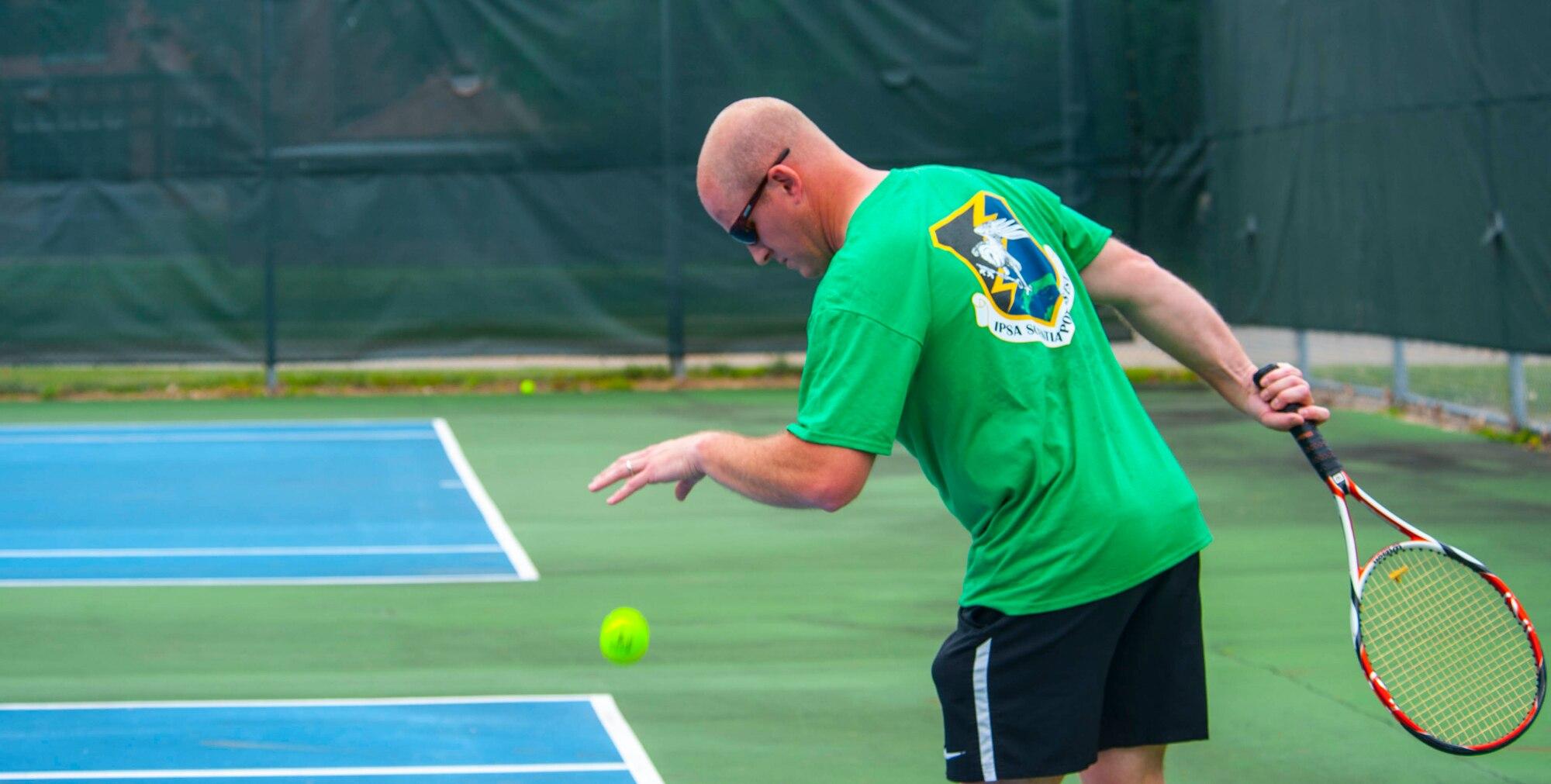
To keep your opponents guessing and off-balance during rallies, it’s crucial to incorporate changes in pace and spin into your shots
Incorporating slice shots
Slice shots are great for introducing a change of pace into a rally By hitting slices with underspin, you can make the ball stay lower and slower, forcing your opponent to adjust their timing and footwork This gives you an opportunity to take control of the point or set up a more aggressive shot
High topspin shots
On the other hand, high topspin shots can create added difficulty for your opponents By hitting with plenty of topspin, you can make the ball bounce higher and kick up off the court, making it harder for your opponent to time their return This can lead to more errors on their part or provide you with openings for winners
In conclusion,
Frequently Asked Questions about Rallying in Tennis

What is considered a good number of consecutive shots in a rally?
When it comes to rallying in tennis, the length of a rally can vary greatly depending on the skill level and playing style of the players involved However, as a general guideline, a good number of consecutive shots in a rally would be around 10 to 15 shots This indicates that both players are able to sustain long rallies and showcase their consistency and shot-making abilities
How can you improve your stamina for longer rallies?
Improving your stamina for longer rallies in tennis requires consistent training and conditioning One effective way to enhance your endurance is through cardiovascular exercises such as running or cycling, which help build up your overall fitness level Additionally, incorporating high-intensity interval training (HIIT) into your workout routine can simulate the demands of a long rally by combining short bursts of intense activity with brief recovery periods
When should you try to end a rally with an aggressive shot?
Knowing when to go for an aggressive shot to end a rally is crucial in tennis Generally, it’s best to attempt an aggressive shot when you have successfully put your opponent on the defensive or out of position This could be after hitting a deep and powerful shot that pushes them behind the baseline or forcing them into an awkward position with an angled shot By recognizing these opportunities, you can take calculated risks and aim for winners instead of prolonging the rally unnecessarily
How important is mental focus during long rallies?
Mental focus plays a vital role during long rallies in tennis As the duration of a rally increases, maintaining concentration becomes increasingly challenging It’s essential to stay mentally engaged and avoid distractions by focusing on each individual shot rather than the overall length of the rally Developing mental resilience and employing strategies such as positive self-talk, deep breathing, and visualization can help you stay in the present moment and make better decisions during those critical points in a long rally
Useful Links

“The one shot rally from World’s leading tennis strategy …
The Longest Tennis Rallies Ever
Rally Lengths in Tennis: A Contrasting Perspective
Rally. Meaning in tennis. Definition. Wiki. Terms
Tennis Drills Rally Drills Coaching Skills Tennis
Rally Tennis
Best Tennis Rallies Ever – Djokovic vs. Nadal and More
What’s Your Rally Speed?
Rally statistics – Heavy Topspin
Rd 16 Australian Open: Average Rally Length For Men & …
Rally On Tennis Tournament
USTA Rally Cats Tennis
Rally Cats – JUNIOR TENNIS IN MEMPHIS
Five Quick Tips for Learning How to Rally in Tennis
‘Unbelievable’ 70-shot rally sends Australian Open fans …
The Rally Tennis App is Here! Mat Vogels Explains Why this …
Super Mario Rally Tennis Review – David Savage
INSTANT RALLY PROGRESSION
Serve, Rally and Play


